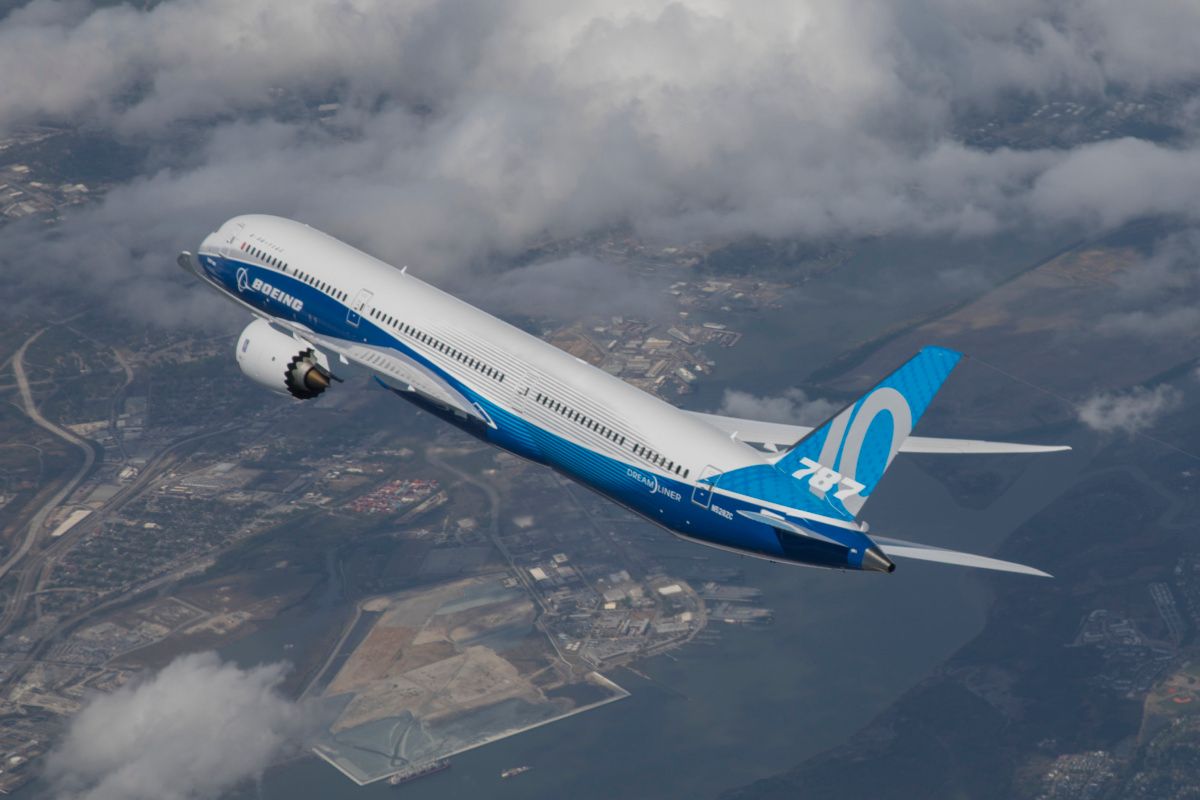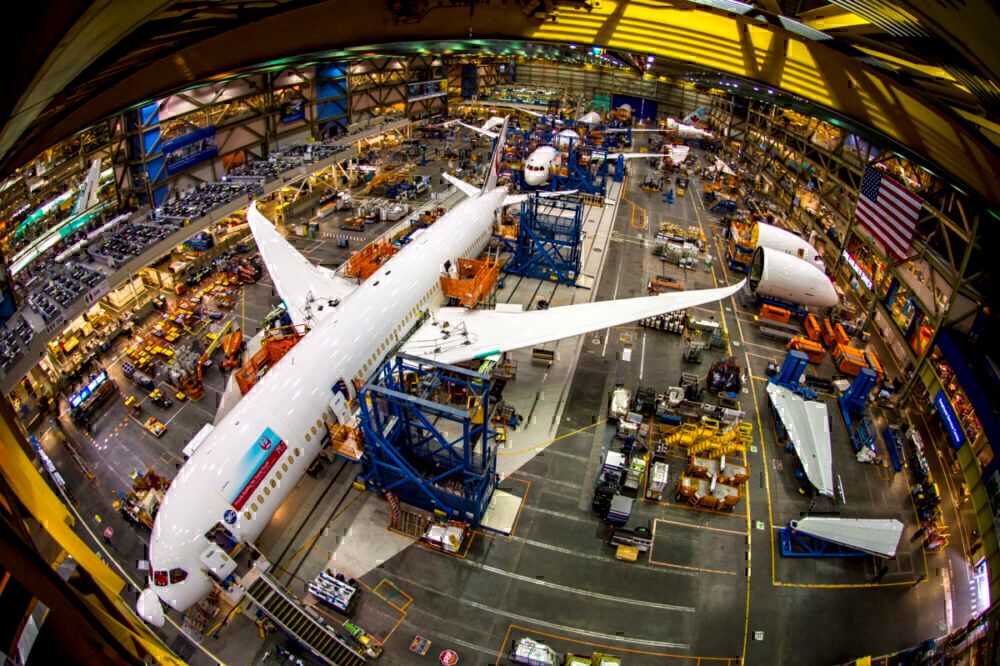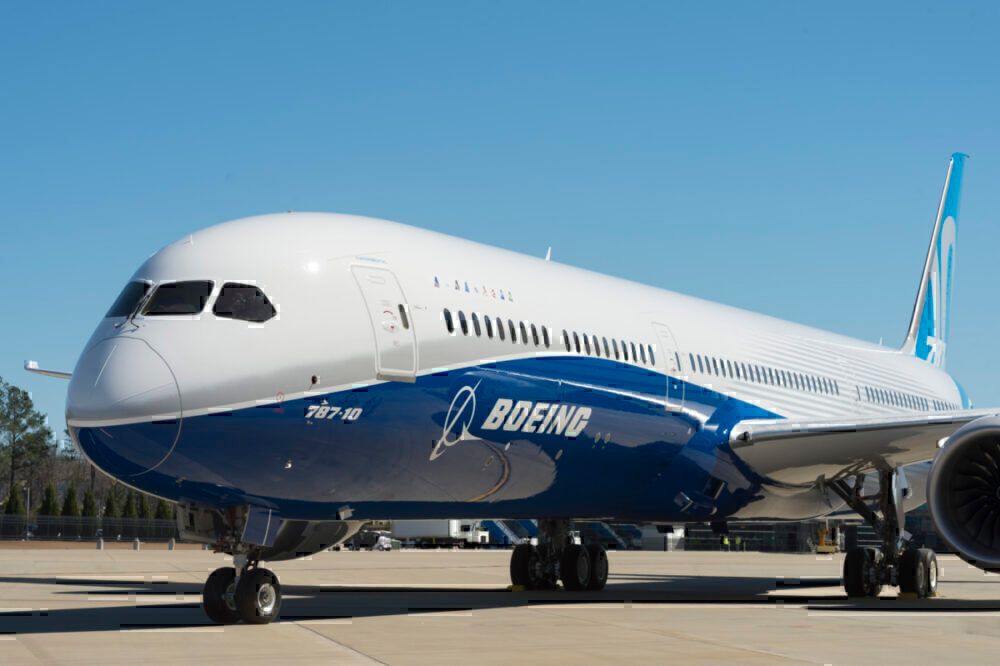Boeing and the environment are not two words that necessarily go hand in hand. However, the big aircraft manufacturer is working hard to reduce its environmental footprint. Boeing is chasing that elusive combination - cost-effectiveness and environmental sustainability. But Boeing has made inroads and has just picked up an award for its efforts to recycle aerospace carbon fiber.
On Thursday, Boeing won a 2020 Sustainability Leadership Award from the National Association of Manufacturers. In particular, the award recognizes Boeing's efforts to keep carbon fiber out of landfill.
"Boeing is demonstrating that you can be environmentally sustainable in a cost-effective way," said Bryan Scott, Boeing's vice president of Environment, Health & Safety.
The role of carbon fiber in modern aircraft manufacturing
Composite materials like carbon fiber are widely used in modern aircraft manufacturing. Each Boeing 787 Dreamliner contains approximately 23 tonnes of carbon fiber. Carbon fiber gets used to reinforce plastic and other composites. In turn, those composites get used in the fuselage, wings, tail, doors, and interior. It helps make the Dreamliner about 20% lighter than other comparably sized aircraft.
Carbon fiber is made of carbon atoms bonded together within a glue-like polymer to form a long chain. Carbon fiber can be thinner than a human hair, and multiple carbon fiber chains can be twisted together like yarn. Alternatively, carbon fiber can be woven together, like a sheet of cloth.
Aircraft manufacturers love the stuff. Why? Carbon fiber is much lighter but five times stronger than steel. In addition, carbon fiber is high in tensile strength, high in stiffness, has high levels of chemical resistance, a low weight to strength ratio, low thermal expansion, and handles excessive heat well.
With qualities such as these, aircraft manufacturers like Boeing use a lot of carbon fiber. Its 787 Dreamliner uses composites such as carbon fiber for about half of its airframe, including the fuselage and wing.
Because carbon fiber chains are so flexible, they allow Boeing to improve its aerodynamic efficiency of aircraft. For example, the use of carbon fiber facilitated the creation of sweeping wingtips. This innovation can cuts fuel consumption by around 5%.
Stay informed: Sign up for our daily aviation news digest.
The challenges of using carbon fiber in aircraft manufacturing
But carbon fiber has always been difficult to recycle. The beneficial strength of carbon fiber is also its flaw, from an environmental perspective. Carbon fiber cannot simply be melted down and reformed like some other composite metals. To extract the valuable carbon, the tough polymers have to be burned off or chemically dissolved.
Boeing has partnered with UK-based ELG Carbon Fibre to recycle excess aerospace carbon fiber. Scrap material gets collected at Boeing factories. ELG then treats it in a furnace to remove binding polymers. The end product is a clean material that gets sold to third parties.
"Creating commercially viable solutions for recycling carbon fiber composites is good for the industry and good for the environment – it's a win-win," said Tia Benson Tolle, director of Advanced Materials and Product Development at Boeing.
The carbon fiber recycling program is underway at 11 Boeing sites around the world. It's one step in a broader set of environmental targets at Boeing. These targets include reducing solid waste to landfill by 20% by 2025. Ultimately Boeing is chasing carbon-neutral growth from 2020 onward.
Boeing gets plenty of stick these days, but it deserves kudos for its efforts to reduce landfill. However, as modern aircraft use more and more composite materials in their manufacturing process, reducing their environmental impact will be an ongoing challenge for Boeing.



